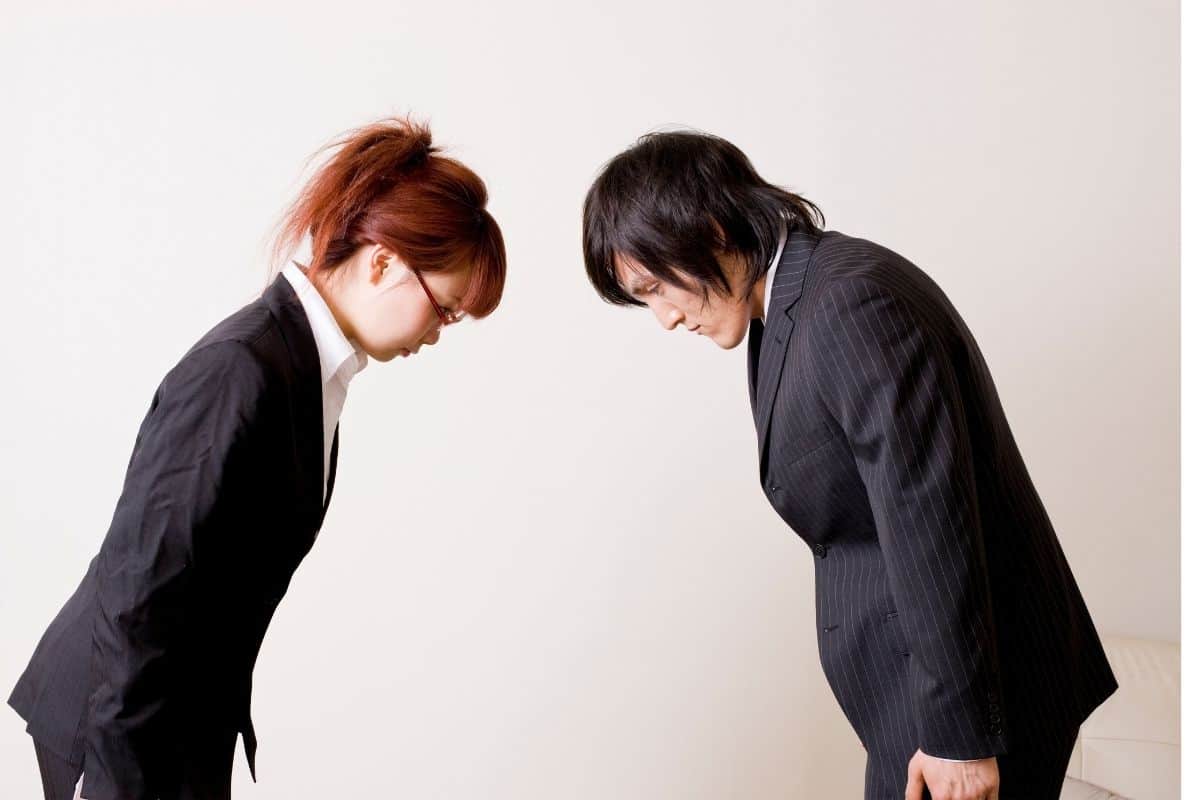Making an effort to learn simple aspects of the language spoken by the people of a country you are visiting is one of the best ways to make a good first impression. In Japan, Japanese people will appreciate you trying to learn their language and customs, even with things as simple as Japanese greetings.
Japanese people are very polite and have expressions they have created and passed down for all sorts of things, including greetings.
Making a good impression to a Japanese person will allow you to learn so much more about the culture. Greetings also consist of certain actions above and beyond words.
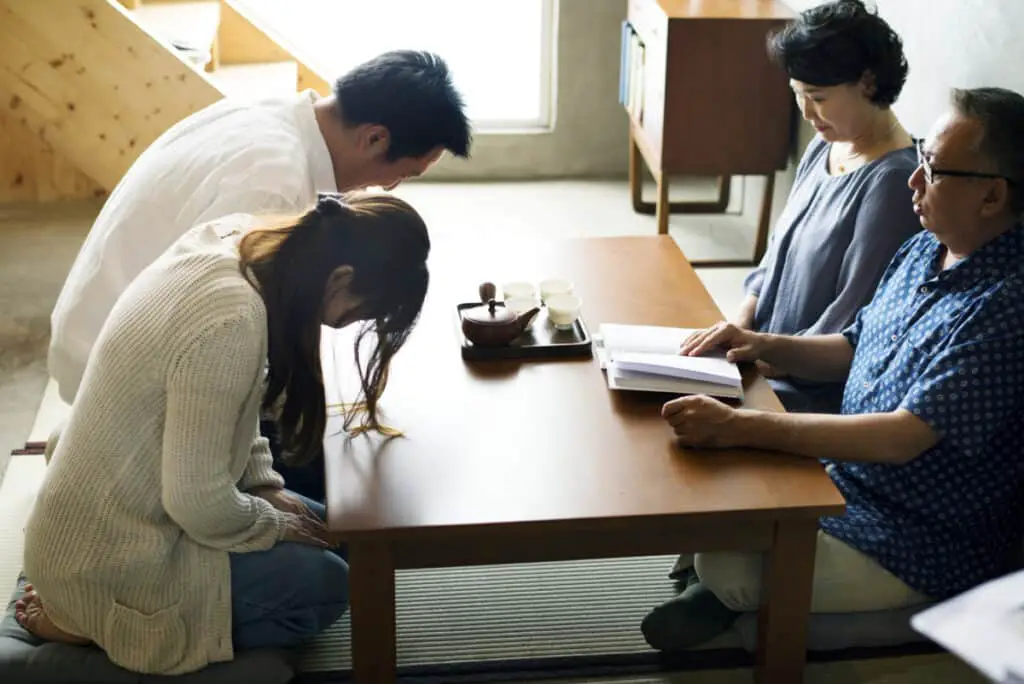
Bowing
It is customary to bow when you are greeting someone in Japan. There are a few different types of bows that you can use in different situations.
As a visitor of Japan, you are not expected to know all the rules about bowing, and you can get away with a head nod and a smile.
An Informal Bow
A small head nod can be a type of bow you can use when passing someone on the street, or when you have a more casual encounter with someone.
You may also bend your waist very slightly to show your respect. This type of bowing is called eshaku.
A Formal Bow
A more pronounced bow where you slightly bend at the waist can be reserved for someone to who you are wanting to show a great deal of respect, or in more formal situations.
When you are doing a formal bow, you’ll bend your waist at about a 30-degree angle. This type of bow is called keirei.
Apart from a typical greeting, a bow may also be used by a Japanese person when saying thank you, when saying sorry for something, or when asking for assistance with something.
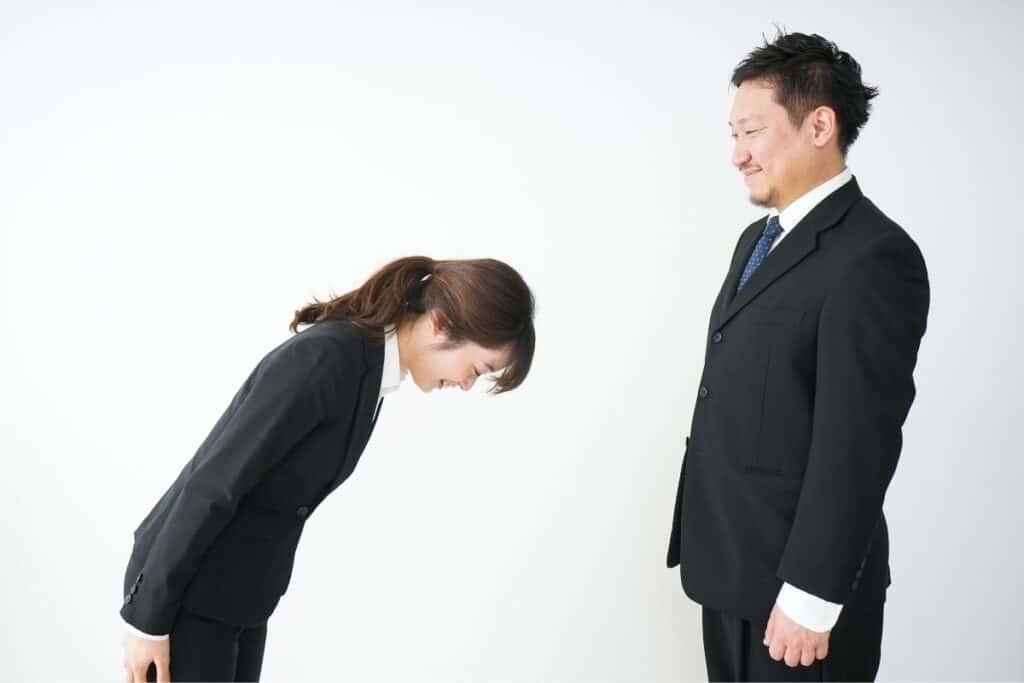
This type of bow is called saikeirei. To do this type of bow properly, you will bend the waist at about a 45-degree angle.
When you are sitting on a tatami mat, you will generally get on your knees and bow by bending at the waist towards a person.
Bowing More Than Once
When interacting with a Japanese person, you may notice that they bow repeatedly when interacting with you. This is normal, but you are not necessarily expected to know that.
As long as you make the effort to bow when it is expected of you, you should be able to make a good first impression easily.
Konnichiwa
Konnichiwa is probably one of the most well-known Japanese words to people who do not speak the language. It is the Japanese term for hello. You can greet someone in Japan by giving them a small nod with your head and saying konnichiwa.
You will most likely hear Japanese people using konnichiwa during the day, as they have other words they use for greeting someone in the morning, in the afternoon, and at night.
However, a Japanese person who knows you are from another country won’t expect you to know all of these different terms.
Sayonara
Sayonara is another well-known Japanese word that means literally ”if it is so.” However, this word is not used in Japan very much. It’s more of a historical word that has been interpreted to mean goodbye, as it was used in such a manner.

If you want to say farewell to someone, it is best to use the terms baibai, which means goodbye, or mata ne, which means see you again.
Irasshaimase
You’re more than likely going to visit a lot of restaurants when you are exploring Japan. When you walk into a restaurant, you will typically be greeted by a bow. The person greeting you will also say irasshaimase to you.
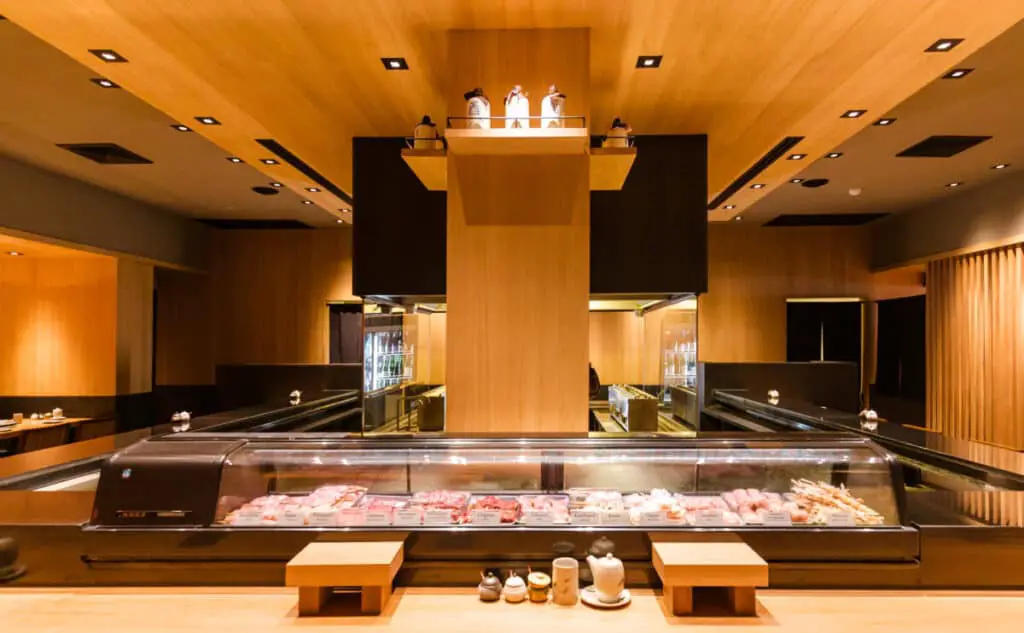
The phrase irasshaimase translates to welcome to our establishment and is an invitation to come in and enjoy yourself. You are not expected to try and say this back to the person. If you give them an informal bow and smile at them, they will be more than happy.
You may also be greeted with this Japanese phrase when you go into other businesses, such as shops and boutiques, market stalls, and gas stations.
Yokoso
Yokoso is a way to say welcome in Japanese. While you might not use this term very often when visiting Japan, it’s good to know as you might be greeted with this.
This term is especially used when at the airport, but you might hear it in other situations as well.
Other Common Japanese Greeting Terms
While you will not be expected to know what all of these Japanese words mean, especially without some practice, you might find it helpful to know these as you may hear them from time to time.
It could also be helpful to know these terms if you are going to be in Japan for an extended stay.
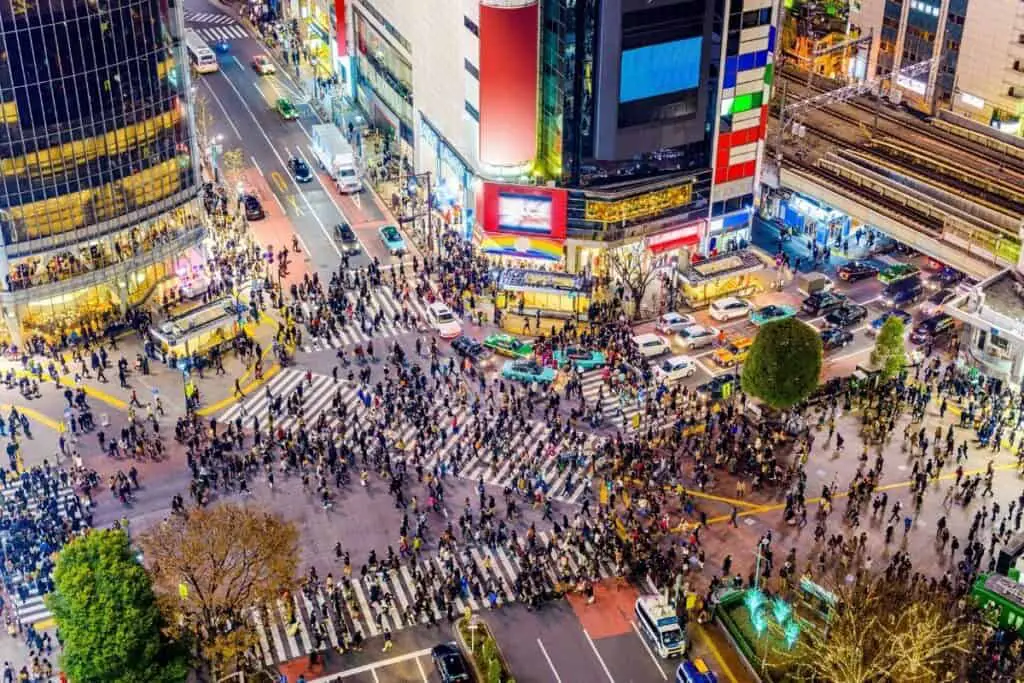
There are some casual greetings that people who are more well-acquainted with each other will use. While you may not get an opportunity to use these, they could be nice to know.
For example, when greeting a child or a close friend, you can use the word yahho, which means hi. If you are greeting a close male friend, you may use the term ossu, which means hey.
You might also hear moshi moshi when someone is answering the phone. This is a term used to say hello specifically when answering a phone call.
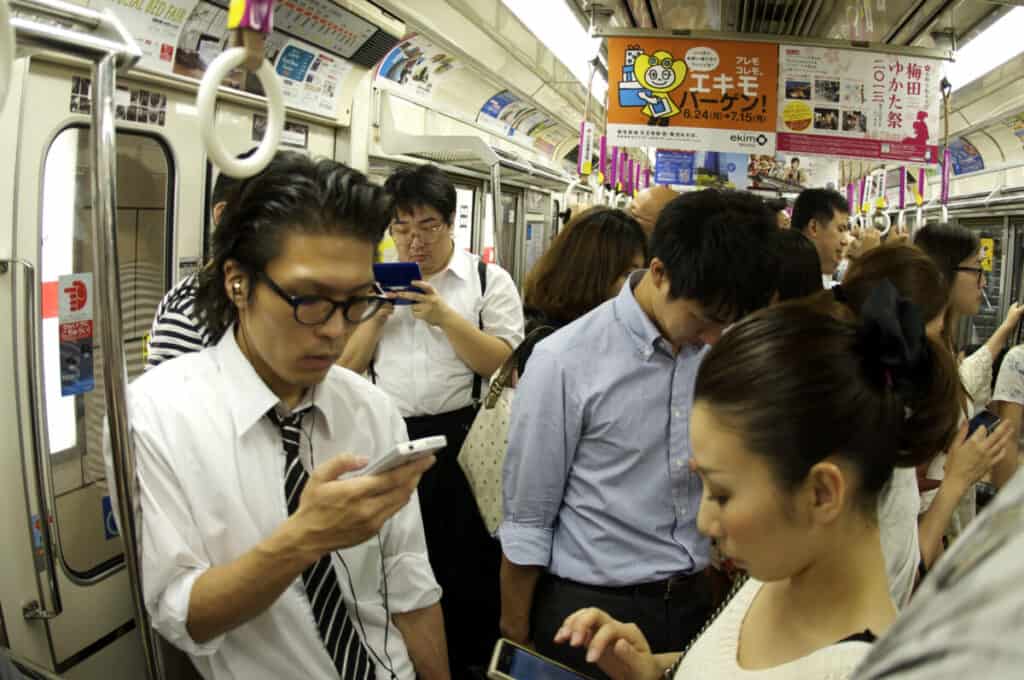
You can also answer the phone by saying hai, meaning yes, followed by your name. This way of greeting someone over the phone is considered more formal and polite.
Shaking Hands
While shaking hands is customary in many other cultures, it is not very common in Japan. You will rarely see people shaking hands when greeting each other, save for a few occasional business situations.
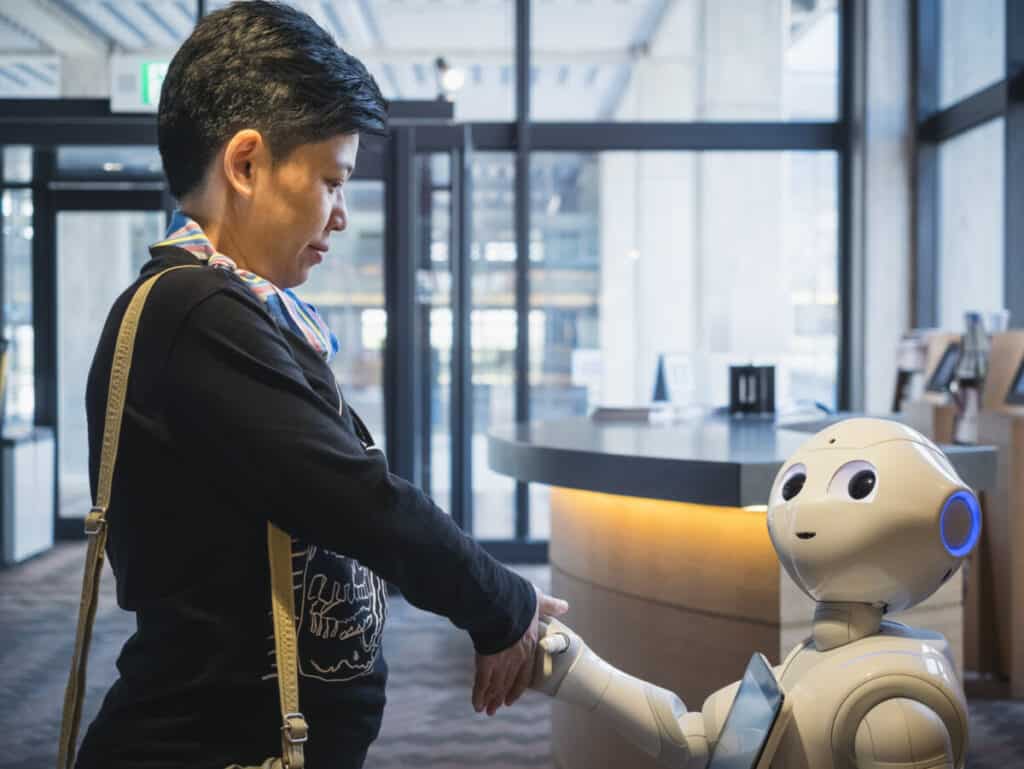
Typically when this happens during a business interaction, those people are also using their hands to give each other their business cards.
If you go to reach out your hand to someone you are meeting in Japan, you might get a look of confusion.

